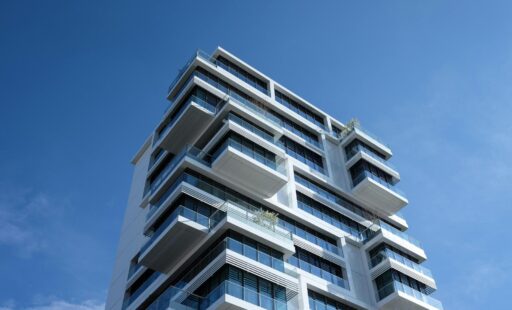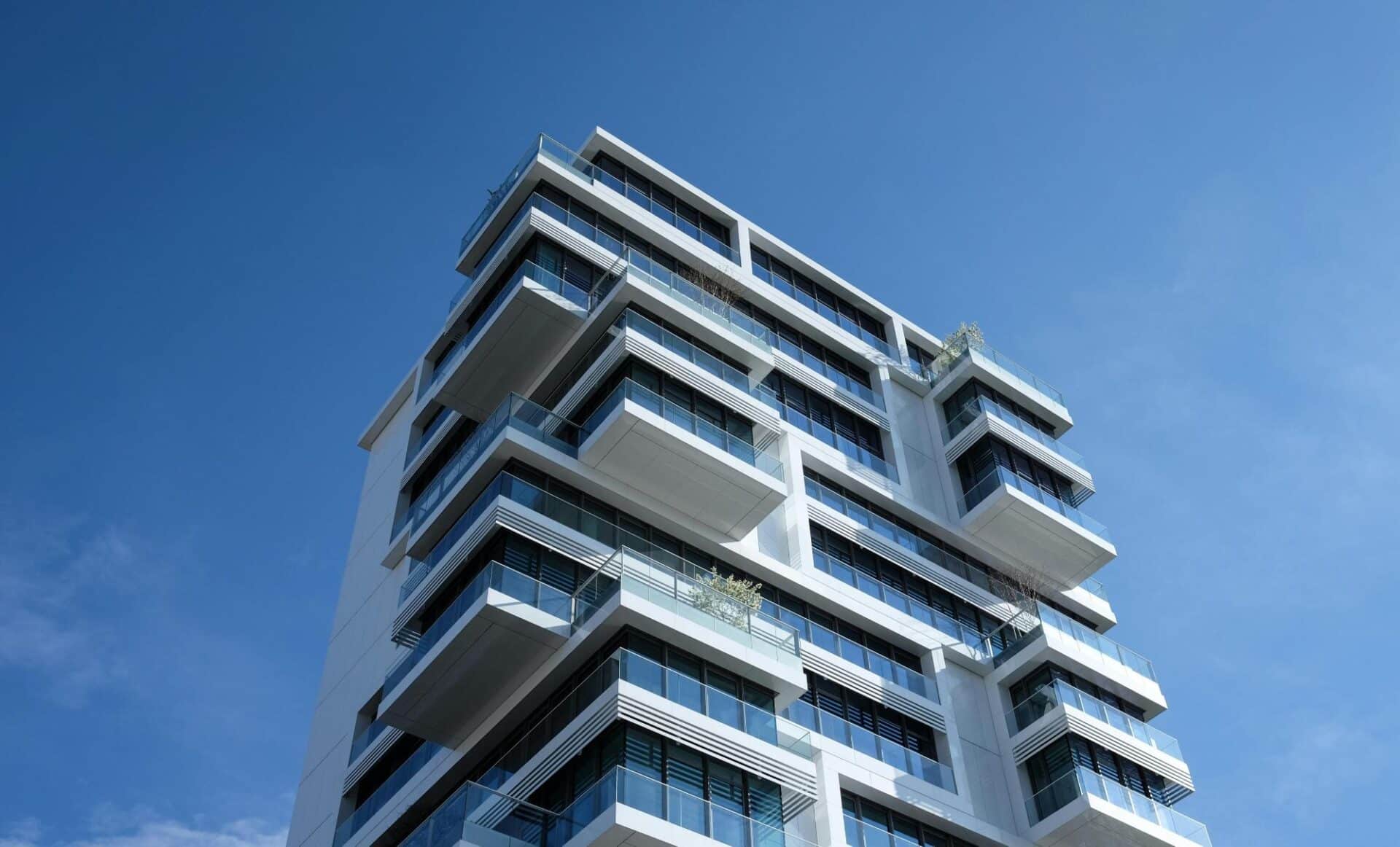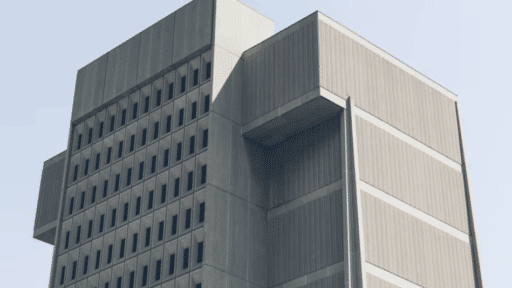The impact of climate change is altering our planet in profound and undeniable ways. As temperatures rise and weather patterns shift, the consequences ripple through every facet of our lives, including the infrastructure that houses and supports us. Across the globe, buildings constructed to stand the test of time now face challenges unforeseen by their architects. The construction industry is at a turning point where climate changes dictate modifications in design, materials, and construction methods.
Resiliency in Design
Design innovation is essential to address these looming threats. Architects and engineers must prioritize resiliency, crafting structures capable of withstanding relentless floods and storms. The creation of elevated buildings and floating structures may no longer be just visionary but a practical necessity.
Advancements in materials are another route towards protection. From water-resistant concretes to flexible, durable polymers, technology in the field of construction seeks to increase structural resiliency against hostile environmental conditions.
Moreover, incorporating nature-based solutions into design provides complementary benefits. Green roofs and walls, urban forests, and permeable pavements enhance a building’s ability to manage stormwater, reduce heat island effects, and improve air quality. By integrating these features, developers support biodiversity even in highly urbanized environments, creating balance while enhancing urban aesthetics.
Meanwhile, the often overlooked aspect of roof construction also plays a vital role. Considering alterations to roofing designs and materials in response to climate challenges is vital. Consulting a trusted residential roofing company like KY-KO Roofing can offer insights into materials and designs best suited to withstand changing weather patterns.
Drought and Water Scarcity
Climate change’s hydrological impacts fall heavily on regions experiencing droughts and water scarcity. Buildings must innovate to account for sustainable water management. The collection and recycling of rainwater, for instance, can conserve vital resources. Additionally, homes and offices can be equipped with efficient plumbing to reduce wastage.
Designers and urban planners in areas like California and Australia are rising to these challenges, implementing systems and permits that promote water conservation in new builds, pointing towards a future of responsibility and sustainability.
Beyond the domestic realm, commercial and industrial sectors play a pivotal role in mitigating water usage through innovative technologies like greywater recycling systems. Implementing landscape designs that consist of drought-resistant plants further supports water use reduction, ensuring that natural resources are preserved for the future while minimizing the ecological footprint.
The Rise of Sea Levels
Increased sea levels, a direct result of climate change, pose an ominous threat to coastal cities. As global temperatures rise, polar ice melts, contributing to a relentless rise in sea levels. This inundation not only erodes coastlines but also infiltrates foundations, weakening buildings and making them vulnerable to collapse.
Coastal urban centers like New York and Miami are witnessing the destructive power of surging tides. Infrastructure developed decades ago finds itself grappling with challenges previously deemed improbable. The persistent encroachment of seawater requires urgent and strategic interventions.
Additionally, these changes influence the socio-economic fabric of affected regions. Property values fluctuate as potential flooding becomes a tangible risk, while communities face difficult decisions tied to relocation and renovation. Strategies to reinforce existing structures with flood barriers and redesign are essential for adapting to this evolving scenario while maintaining cultural and historical landmarks.
The Policy Push
Governmental agencies and policymakers have a critical role to play in ensuring adaptation strategies are not only proposed but effectively executed. Urban planning codes need to be revised and strengthened to face the realities of a changing climate. Forward-thinking policies focusing on green building standards, incentives for sustainable construction, and rigorous environmental assessments are imperative.
Adhering to these steps is essential on a broader scale to achieve global climate goals and create an environmentally sound future for all.
The Impact of Temperature Extremes
Another dimension of climate change is the increasing frequency of extreme temperature variations. Prolonged heat waves strain materials, causing steel to expand and concrete to crack. Concurrently, buildings endure significant stresses during harsh winters with freezing conditions and sudden thaws, putting additional strain on the architecture.
To counteract these extremes, designers must focus on adaptive measures, such as installing energy-efficient insulation and considering thermal mass, a material’s ability to absorb and release heat. Providing measures for maintaining indoor temperatures can conserve energy and reduce the dependency on artificial heating and cooling systems.
Passive solar design tactics, which harness sunlight during winter and maximize shade during summer, are increasingly becoming integral parts of architectural blueprints. Architects and builders also look at bioclimatic strategies, which tailor design principles specific to local climatic conditions, allowing structures to harmonize with the surrounding environment rather than oppose it.
Conclusion
Climate change is an undeniable force reshaping our building infrastructure. With rising sea levels, temperature extremes, and shifting hydrological patterns, the challenges are numerous and compel immediate action. Yet the construction industry, armed with innovative design, material advancements, and robust policy interventions, stands ready to evolve. Ensuring these measures are acted upon and diligently enforced will not only safeguard current infrastructure but also ensure a sustainable future for generations to come.








